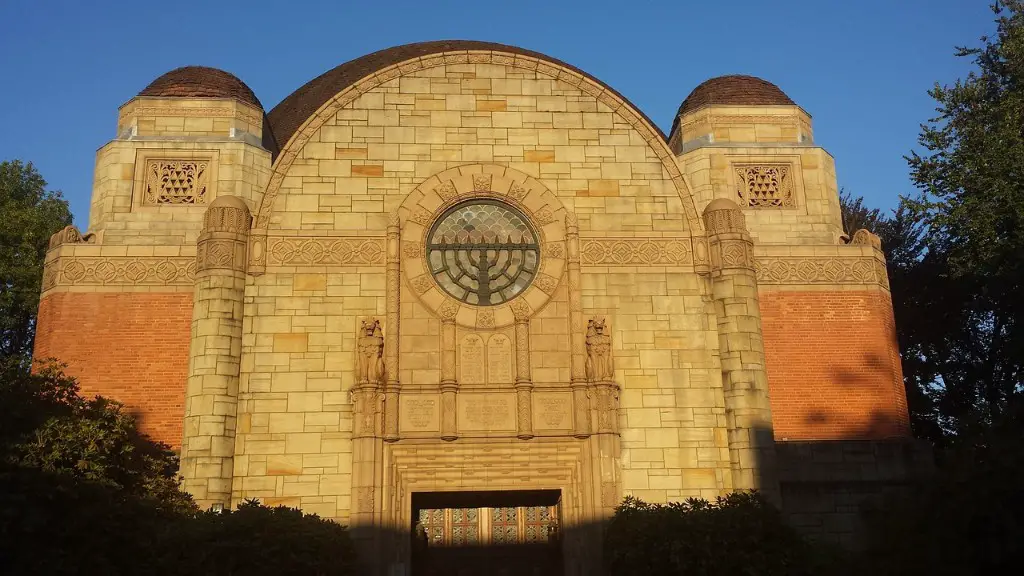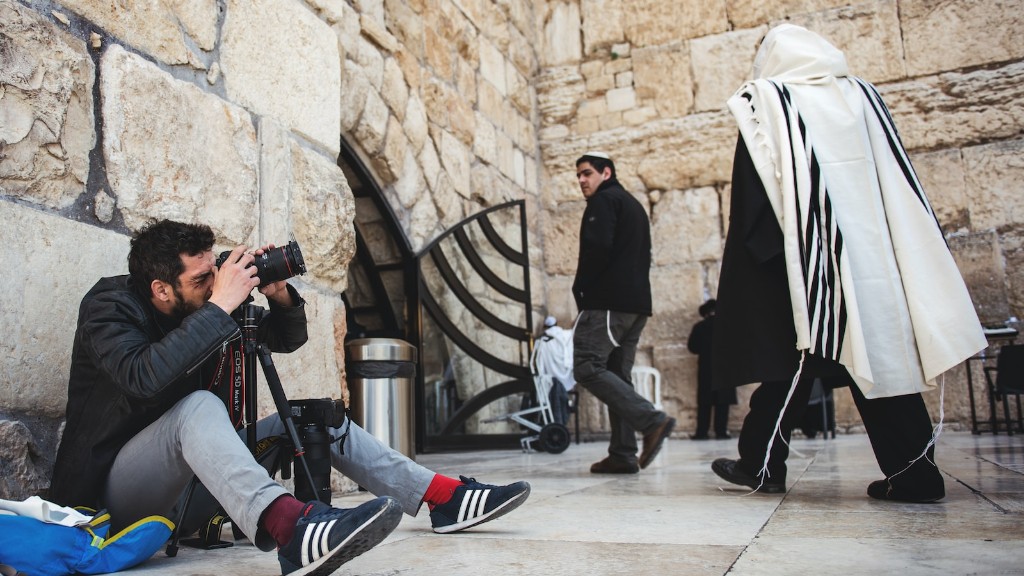Early Church Structure in Ancient Rome
Christianity was integral to the development of ancient Rome, particularly in terms of its structure. The early Church was organized within the empire’s administrative framework. In its early years, the Church developed a hierarchy composed of clergy, rabble, and bishops. These officials were responsible for enforcing the emperor’s edicts, filling the vacant positions of hierarchy, and managing Church finances. Local Church councils also developed to resolve disputes within the Christian community.
Rome’s cultural influence strongly shaped Christianity in the early centuries. It followed the same social structure of its predecessors, the Greeks and the Jews, with a system of patronage and patronage rights. This structure was based on familial ties and relationships of social status. For example, bishops were appointed with ties to important figures and families. Rome also established organized dioceses across the empire, which were regions with a particular administrative authority.
The Church also grappled with ideological questions such as the development of doctrine, the interpretation of scripture, and the establishment of traditions. They sought to distinguish Christian beliefs from paganism and blended its rituals with the culture of its environment. As the Roman Empire unraveled, the Church began to take shape as an independent entity and assumed the role of lawmaker. This was a direct result of its cultural influence on the empire, as early Church practices and beliefs were incorporated into Roman law.
The Council of Nicea and the Nicene Creed
One of the first major steps of the emerging Church came in 325 AD, when Constantine the Great convened the Council of Nicea. This council was to clarify matters of Christian doctrine and the proper interpretation of scripture, as well as settle disputes between various Christian groups. One of the key developments of the Council was the consensus on a unified doctrinal statement known as the Nicene Creed. This creed proclaimed the Church’s belief in the Holy Trinity, the divinity of Jesus, and the eventual victory of the Church over the forces of evil.
The Council of Nicea also laid the groundwork for the development of the Christian hierarchy. It proposed the development of five regional bishops and the formation of regional councils for the governance of the Church. This structure was further developed at the Council of Constantinople in 381, which established a firm organizational foundation for the Church. The Church set out to create and codify their own set of beliefs and practices, setting the groundwork for the development of Christian dogma.
The Edict of Thessalonica
The Church took its next major step in the year 380. Emperor Theodosius I issued an edict declaring Christianity as the official religion of the Roman Empire. This edict, known as the Edict of Thessalonica, abolished all other religions and declared the Catholic faith as the only faith to be practiced in the empire.
The edict transformed Christianity, now backed by the power of the state. Suddenly, this small movement of faith led by Jesus of Nazareth was legal, and its followers were no longer required to hide or practice their faith in secret. By making Christianity the state religion, the Church gained followers and legitimacy, laying the foundations for its growth in the centuries to come.
Pontifex Maximus and Latin Bible
The Edict of Thessalonica marked another major moment for Christianity, as Emperor Theodosius I was declared the Pontifex Maximus. This title was previously held by pagan Roman Emperors and meant “highest priest.” The adoption of this title by Theodosius was a clear statement of the Church’s new status as the premier religious institution of the empire.
The period also saw the development of the Latin Bible, a translation of the Greek Bible, the Christian scriptures known as the New Testament. This translation was adopted by the Church and declared the official version for its members. The Latin Bible was immensely important in disseminating Christianity, not just in the Roman Empire but all over the world, as it was now accessible to the masses.
Church and State
The period between the Edict of Thessalonica and the collapse of the Roman Empire would come to be known as the Church’s “Age of Ascendancy.” During this period, the Church assumed a dominant role in the empire as its official religion, creating an interdependence between Church and state. This was a product of the Church’s position as both an ideological institution and a political one. It had become more than just a religious organization, but an arm of the state, actively involved in the governance of the empire.
In the coming centuries, the influence of the Church in the empire would only continue to increase. As the empires weakened and splintered, the Church would grow in significance and wield increasing influence over the people of Europe.
Iconoclastic Controversy
In the 8th century, the Church was rocked by the Iconoclastic controversy. The dispute concerned the use of religious images as symbolic representations of God, a practice which the Church had long opposed. While the Emperor Constantine had long tolerated their presence, their use was now actively discouraged. This set off a fierce debate between pro-iconoclast Church officials and pro-iconogriffin Imperial Officials, with the Pope ultimately settling in the Church’s favour.
The controversy came at a time of increasing tension between Church and state. This fueled an ideological rift between the Church hierarchy and the imperial powers, as the Church sought to assert its own authority in the empire. It also represented an emerging trend in European politics in which the Church sought to move away from Imperial control and become an independent force in its own right.
Christian Monasticism
During this period, the Church also saw a resurgence in Christian monasticism. Monasticism is the practice of retreating from the world in order to devote one’s life to prayer and spiritual study. Monastic life had been practiced in various forms since the beginnings of the faith, however, this period saw its resurgence as monks sought to counter the increasing materialism of the age.
In response to this trend, the Church began to recognize the spiritual merits of monasticism and codified it as an essential part of the faith. Monasteries were established across the European continent, in which monks lived and prayed in devotion to God. These monasteries also developed into centers of learning, becoming home to libraries andscriptoria in which monks copied, preserved, and studied the scriptures.
The Veneration of Saints and Relics
The Church also officially adopted the veneration of saints and relics during the Middle Ages. This practice involved the adoration of Christian saints, based on the belief that their saints possessed special powers granted by God. These powers were believed to be invoked through the veneration of their relics, which were objects associated with the saints and believed to contain their spiritual essence.
The veneration of saints and relics created a sense of connection with the saints and acted as a reminder of their faithfulness to God. It was also seen as a way to deromanticize worship and remind people of the holiness and grace that were possible in Christian faith. This increased the Church’s position as an assimilator of pagan practices and beliefs, with the veneration of saints and relics becoming a cornerstone of Christian worship.
Conversion of the Saxons and Growth of Christianity in Northern Europe
European Christianity experienced a massive surge in growth during the 8th century, as the Saxons of Northumbria were converted to the faith. This process was spearheaded by the efforts of the Celtic Church and missionary efforts from Rome. The Church acted as a major force for unity in northern Europe, as it brought a common culture and religious code to the region.
The period also saw the spread of Church influence throughout the region. Monasteries became an increasingly prominent part of society, establishing the authority of the Church in local communities. The Church began to codify its own law, which eventually came to supplant the tribal customs that had been practiced throughout the region. This set the foundations for the later spread of Christianity to the rest of Europe, as the faith became increasingly influential in the political, religious and social realms.

